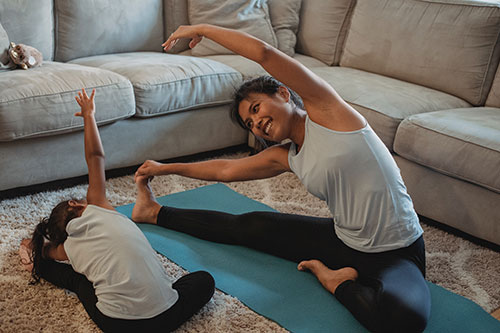By: Megan Lambert
Apples and almond butter, protein bars, and green smoothies are a just a few examples of snack options that fitness enthusiasts enjoy after workouts.
However, author and fitness expert, Ben Greenfield, argues that eating a snack or a meal after training is not actually necessary. Below is an excerpt from chapter 16 of his book entitled “Beyond Training.” In this passage, Greenfield explains why eating a post-workout snack is not as critical as you might think.
“You’ve probably heard about a magical fueling window. From exercise physiology books to magazine articles to websites, nearly every resources on sports nutrition says that after you finish a workout, you have twenty to sixty minutes to replace previous energy by consuming a mix of carbohydrates and proteins.
Here’s what they don’t say:
In every study or experiment that has investigated the benefits of immediate post-workout nutrition replacements, subjects were fed after completing an exercise session that they had performed in a fasted or semistarved state.
Of course you’re going to recovery more quickly if you eat a meal after a workout in which you were completely depleted of energy and 100 percent fasted. But how many of us actually roll out of bed in the morning, hope on a bike, and ride hard for ninety minutes to two hours with absolutely no fuel?
So, here’s the deal: If you’ve had a preworkout meal, or had a meal in the not-too-distant past, there’s no do-or-die need to eat after your workout – especially if you’re still burping up that meal you ate before exercising. This is especially true if you have no other workouts planned for the day, because your body can completely replenish energy levels within just eight hours of normal hunger-driven, real-food eating…
But it does make sense to refuel within that twenty- to sixty-minute window if:
- You didn’t eat anything before your workout and you’re in a totally energy-depleted state (such as from a hard session before breakfast).
- You are going to work out again within the next eight hours.
- You’re trying to pack on muscle as fast as possible (aka eat every piece of real food in sight and lift heavy stuff).”









